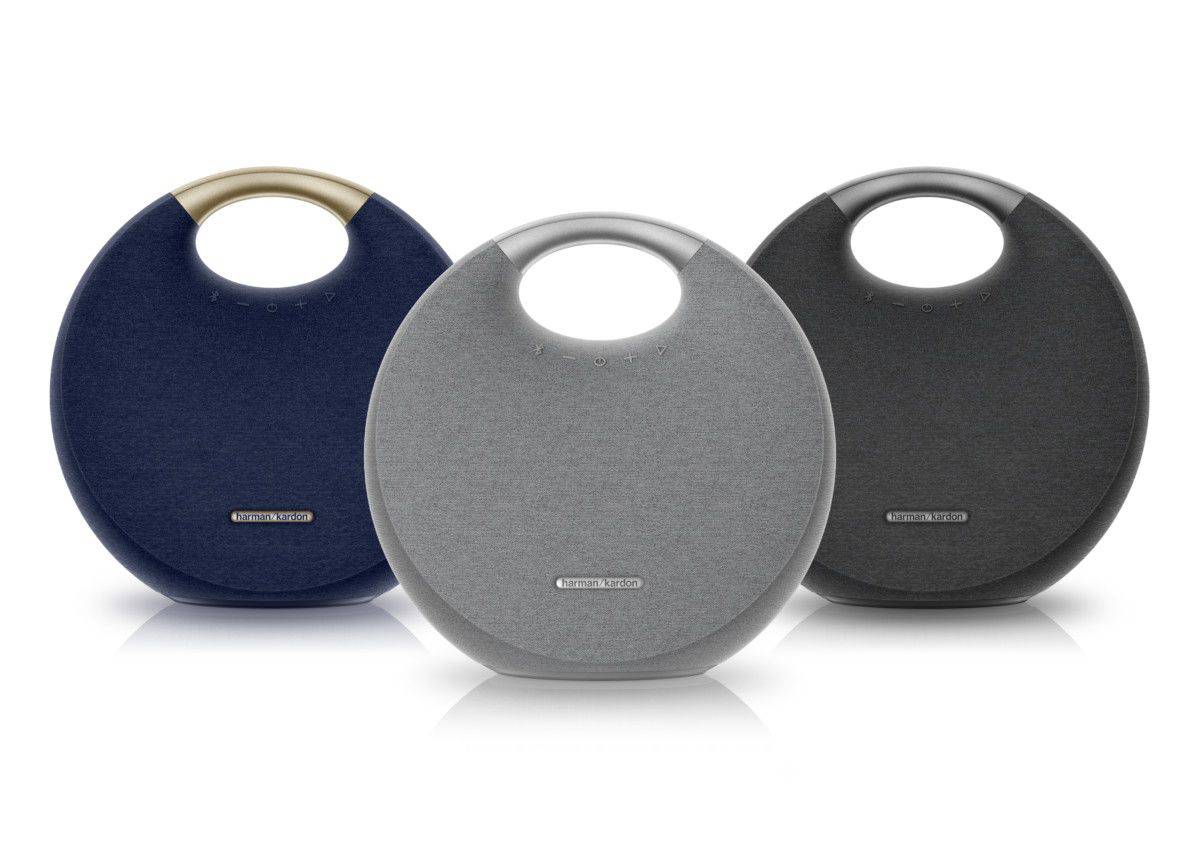



If you aren’t sure what this entails, we suggest watching this video.
Onyx studio 7 vs 4 Bluetooth#
The Studio 3 also holds the advantage in terms of Bluetooth technology, using the newer Bluetooth 4.1, as opposed to the Studio 2’s Bluetooth 3.0.
Onyx studio 7 vs 4 full#
So, unless you don’t mind having to frequently recharge these speakers, even if you listen to them at moderate volumes, they’re great, but if you want a more hassle-free listening experience, perhaps you should look elsewhere.įor example, the Onyx Studio 3 has dual sound capability, so if you can pair two of these speakers (which are already stacked full of drivers), you’ll get an even better sound.ĭo note that this feature is not present in the Onyx Studio 2, so if you can see yourself buying a second wireless speaker, you should pick the Studio 3. With speakers this large, we imagine fitting a larger battery shouldn’t have been an issue, so this definitely feels like a case of manufacturers unfairly withholding something from you. The industry standard for wireless speakers is eight hours at the very least, so we’re already off to a bad start with the Onyx 2 and 3’s five-hour battery lives.īut if you like listening to your music at louder volumes, you’ll burn through the battery way faster, with the speakers not even having enough juice to sustain the music for even half an hour at max volume. And by bad, we mean really bad, horrible, even, if you like listening to loud music. The problem is that the battery can’t really support these speakers. We appreciate the flexibility this allows for, but even a rated power of 30 Watts is no small amount for a wireless speaker at all. So overall, the speakers run at 60 Watts, but only when using the wired connection. There are two tweeters and two woofers, each with a rated power of 15 Watts.
Onyx studio 7 vs 4 drivers#
Featuresīeneath the grilles, you are treated to no fewer than four drivers and a passive radiator, with another passive radiator on the back. It’s not a significant difference, but since the two speakers are essentially the same, you can expect most of the differences to be this small. And speaking of the grilles, these are easily removable on the Studio 2 but stuck fast on the Studio 3. The textured plastic on the back feels rather robust, as do the front grilles. The company spared no expense in choosing only top-quality materials to build these speakers from, and it shows. Still, all things considered, we have to commend Harman Kardon on the exterior design since both the Studio 2 and 3 speakers not only look gorgeous but also feel very premium to the touch. They’re eligible enough for a quick foray into the backyard, but they generally don’t leave the premises. We know that the wireless in wireless speakers tends to imply a certain dose of portability, but the Onyx Studios aren’t speakers that we can see anyone dragging along for a day at the beach. This design may be innovative, but it’s hardly practical, especially since the two legs aren’t enough to hold these speakers in place on anything but a strictly flat surface.īasically, what we want to say is, if these speakers were dogs, they’d be indoor puppies. They’re rather large and cumbersome, with a round body supported by two hind legs. The first thing you’ll notice about these speakers (and they’re effectively the same as far as the exterior is concerned) is that they have a unique design for wireless speakers.


 0 kommentar(er)
0 kommentar(er)
